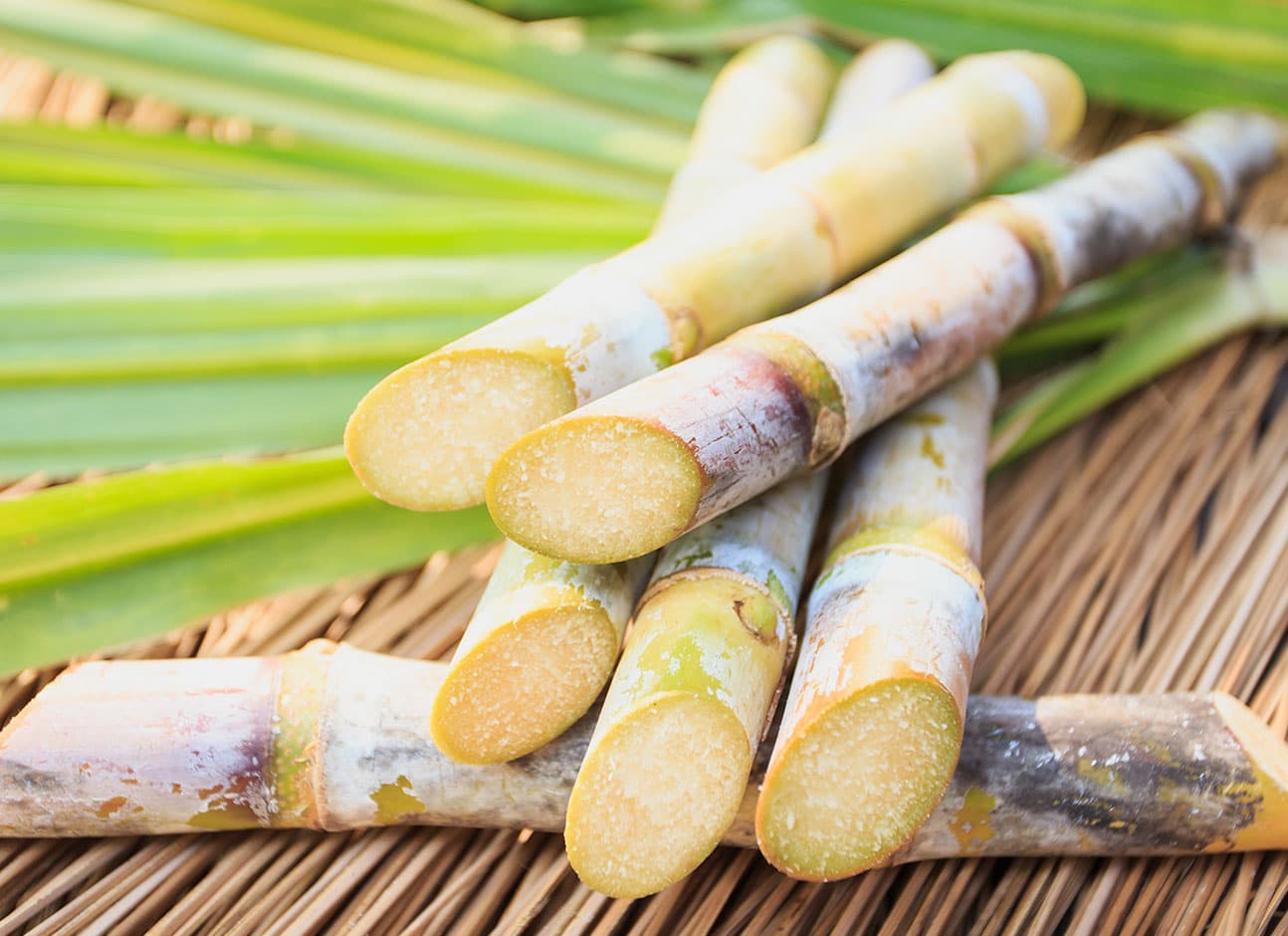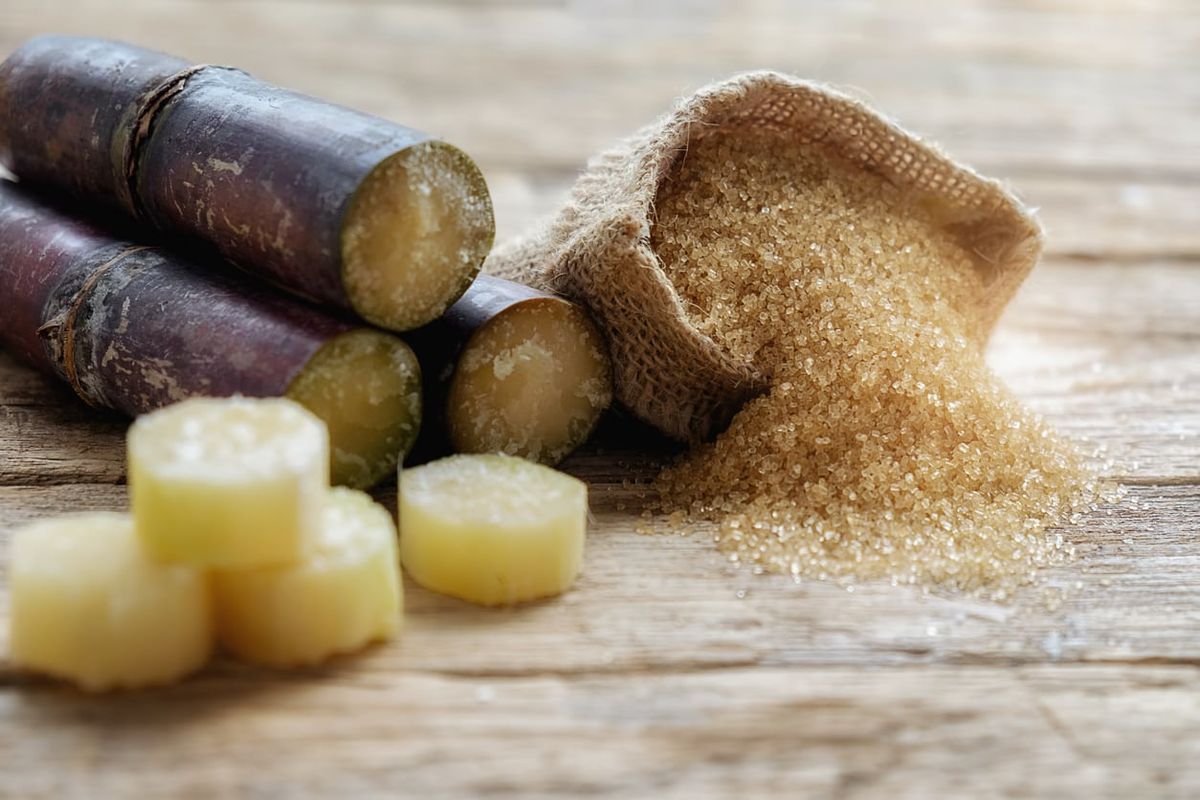The Eco-Conscious Answer to What Are Sugar Canes Used For in 2025
Checking Out the Total Line of Process Chemicals: What Are Sugar Canes Used For in Production?
Sugar walking canes play a pivotal duty in different manufacturing processes, acting as a functional resources. Their high sucrose web content makes them crucial in the food market, while technologies in biofuels and eco-friendly plastics highlight their possible past typical usages. In addition, sugar cane removes are getting acknowledgment in drugs and nutraceuticals for their health benefits. The diverse applications of sugar walking sticks increase interesting concerns concerning their future in industrial industries. What chances exist in advance?

The Journey of Sugar Walking Cane: From Field to Factory
As the sun climbs over substantial areas, the journey of sugar walking cane starts, marked by careful growing and harvesting procedures. Farmers choose ideal ranges, making sure robust growth in suitable environments. Normal irrigation and nutrient monitoring are essential, advertising healthy stalks abundant in sucrose. When mature, the cane is collected, usually utilizing mechanical cutters that effectively collect the stalks.Once gathered, the sugar walking stick is moved to processing centers where it goes through cleaning and grating to remove juice. This juice is after that cleared up, eliminating impurities through sedimentation and purification. The clear liquid is focused by evaporation, and consequently taken shape to produce raw sugar.Throughout this trip, quality assurance is critical, ensuring that the last product meets industry criteria. The transformation of sugar walking cane into raw sugar highlights a complex interplay of farming and manufacturing, setting the phase for its varied applications in various markets.
Biofuels: Harnessing Power From Sugar Walking Cane
A significant section of the globe's biofuel production is originated from sugar cane, which functions as an eco-friendly power resource. This functional crop is primarily processed to draw out sucrose, which can be fermented to generate ethanol. Ethanol stemmed from sugar walking stick is not just a clean-burning fuel option but likewise adds to minimizing greenhouse gas exhausts compared to standard fossil gas. In nations like Brazil, sugar cane biofuel has ended up being a substantial part of the power matrix, reducing and powering vehicles dependence on imported oil. The growing of sugar cane for biofuels likewise sustains rural economic climates, offering work in farming and handling. In addition, the byproducts of sugar cane processing, such as bagasse, are made use of in power generation, further boosting the sustainability of the production cycle. Overall, sugar walking cane biofuels represent an encouraging opportunity for attaining power freedom while fostering ecological stewardship.
Naturally degradable Plastics: The Sustainable Remedy
Suppose the option to the international plastic dilemma hinges on naturally degradable choices? Eco-friendly plastics, originated from renewable energies such as sugar canes, present an innovative technique to minimizing plastic waste. Unlike typical plastics, which can take centuries to disintegrate, these green materials break down naturally, lessening ecological impact.The production of biodegradable plastics includes using sugars from sugar walking canes to create polylactic acid (PLA) and other biopolymers. These products maintain comparable performance to conventional plastics, making them suitable for numerous applications, including packaging, tools, and farming films.As customers and industries change towards sustainability, biodegradable plastics offer an engaging option. They not only reduce reliance on fossil gas however also support a round economy by returning to the planet without leaving dangerous deposits. The raising demand for such materials signals a considerable step toward addressing journalism requirement for more lasting production services in the face of ecological difficulties.
Sugar Walking Stick Extracts in Pharmaceuticals and Nutraceuticals

The Future of Sugar Walking Cane in Industrial Applications
As industries remain to look for renewable and sustainable resources, sugar walking cane is positioned to play a pivotal role in different industrial applications past its conventional use in sugar production. Its biomass provides a sustainable source for biofuels, decreasing dependence on nonrenewable fuel sources and contributing to lower carbon discharges. In addition, sugar walking stick's by-products, such as bagasse and molasses, are being explored for their capacity in bioplastics and naturally degradable products, attending to the growing demand for eco-friendly product packaging solutions.Research is additionally underway to enhance the performance of sugar walking cane by-products in various fields, including fabrics, cosmetics, and building and construction. By using the special residential or commercial properties of sugar cane, manufacturers can create cutting-edge products that align with consumer choices for sustainability. As modern technology advances, the convenience of sugar walking stick will likely broaden, solidifying its setting as an essential gamer in the change towards a much more sustainable commercial landscape.

Regularly Asked Inquiries
What Is the Refine of Refining Sugar Walking Cane Into Sugar?
The process of refining sugar cane into sugar involves harvesting, crushing to extract juice, making clear the juice, evaporating water, taking shape sugar, and lastly drying and packaging the improved item for circulation and intake. (What Are Sugar Canes Used For)
Exactly How Does Sugar Cane Effect Citizen Economies?
Sugar walking cane substantially affects local economies by producing jobs, increasing agricultural production, and generating profits through exports. Its farming supports tiny farmers and regional organizations, fostering community advancement and improving general financial security in visit this page sugar-producing areas.
Exist Any Type Of Environmental Interest In Sugar Cane Farming?
Ecological concerns associated with sugar cane farming consist of logging, soil deterioration, water usage, and chemical overflow (What Are Sugar Canes Used For). These concerns influence neighborhood communities and contribute to climate change, motivating ask for more lasting farming practices within the market
What Are the Nutritional Advantages of Sugar Walking Stick?
The dietary advantages of sugar walking cane include its abundant material of vitamins, anti-oxidants, and minerals. It offers natural power, sustains hydration, and may help digestion, adding positively to total health and wellness when consumed in moderation.
Just How Does Sugar Walking Stick Contrast to Other Plants in Sustainability?
Sugar walking cane displays greater sustainability compared to lots of crops because of its effective usage of land and water resources, capacity to generate biofuels, and possibility for carbon sequestration, adding favorably to ecological health and agricultural techniques. When mature, the cane is gathered, frequently utilizing mechanical cutters that effectively gather the stalks.Once gathered, the sugar walking stick is transferred to refining facilities where it undergoes washing and milling to draw out juice. Unlike standard plastics, which can take centuries to disintegrate, these green products damage down normally, minimizing environmental impact.The manufacturing of eco-friendly plastics entails making use of sugars from sugar canes to create polylactic acid (PLA) and various other biopolymers. Frequently recognized for their duty in sugar manufacturing, sugar cane essences are progressively locating applications in the pharmaceutical and nutraceutical sectors. As sectors proceed to seek sustainable and eco-friendly sources, sugar walking stick is poised to play a critical duty in different industrial applications beyond its conventional usage in sugar production. In addition, sugar walking stick's byproducts, such as bagasse and molasses, are being explored for their potential in bioplastics and biodegradable materials, resolving the growing need for ecologically friendly packaging solutions.Research is also underway to boost the performance of sugar walking stick derivatives in different sectors, including textiles, navigate here cosmetics, and construction.